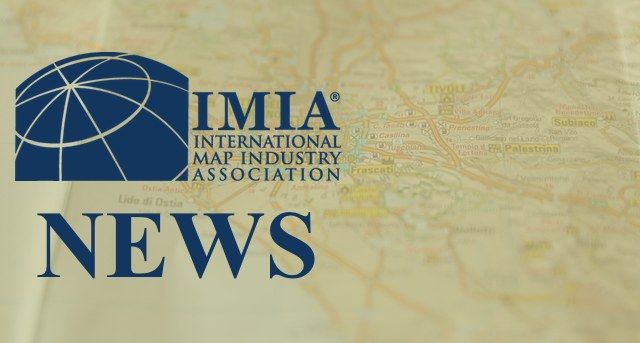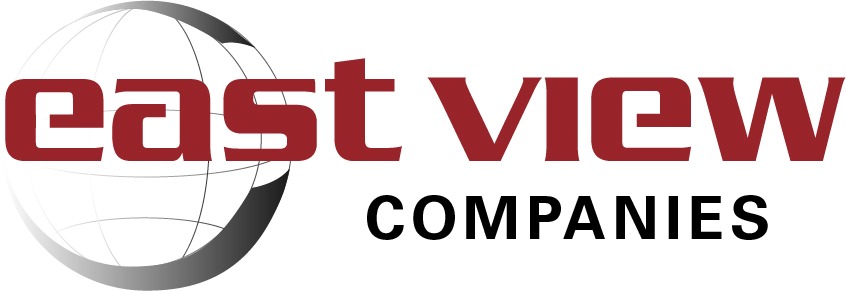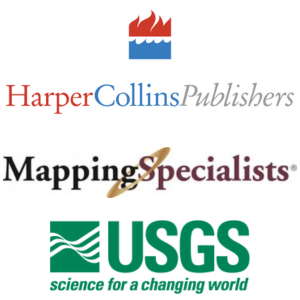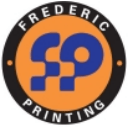Maps are now Mine
Remember the good old days when mappers ruled the world, and every map that any mortal saw was sourced, designed, built, edited, and published by pick your favourite map company?
The world has changed since then, and the consensus view from many in and out of the industry is that there has been a switchover from paper to digital. At it’s simplest one will often hear “Everyone just uses Google Maps”.
Of course the world is far from that simple, and this argument simply doesn’t speak to why people use and need maps in the first place.
What actually happened when Google Earth was launched
What was the first thing you, I and everyone else did when we discovered Google Earth? We went straight to our home – the first time many of us could experience this ultimately unique personal map.
The lesson here is simple — maps are highly personal and unique to each user, as they represent many things that have specific meaning to each of us:
- A potential trip I’m planning to take to Venice
- My family’s epic memorable journey through the Alps
- How are my stores performing in different parts of the city
- Is that heavy rainfall going to hit my neighbourhood?
All that technology has done here is enabled you as a consumer to do what you’ve always wanted to do with maps since the beginning of time – make the map mine!
In 1980, Alvin Toffler, the brilliant futurologist, coined the term “Prosumer” – the consumer who could play an active role in producing their own products. Toffler predicted that technology was going to enable consumers to have a different relationship with product vendors and providers – they would become part of the process of creating the end products.
In our industry, OpenStreetMap is the most dramatic example of this concept in action. A consumer driven development of a new source of map content, that is ultimately becoming part of consumer experiences and products.
Arguably GPS in-car navigation devices, MapQuest and later Google Maps, maps on our mobile devices, services like MapMyRun, AllTrails, and Yelp make heavy usage of maps to make every map experience one that makes that map feel like mine.
So does that mean the paper map is now obsolete? Absolutely not. In addition to the traditional mass produced maps which in many areas have strong and growing sales, the same technologies enabling a unique map experience in a digital form, are empowering custom and small order production of printed products.
Ever improving consumer technologies combined with more cost effective, high quality digital printing are driving an interesting phenomenon of unique or small run printed products.
A couple of my favourite examples:
- Wallpapered – Custom Wallpaper Maps
- Splash Maps – Custom Maps for the Outdoors on Fabric
- And remember that OpenStreetMap content the world’s consumers are contributing to?
- Well at monochrome.com it’s consumable now on a skirt!
What does this mean for me as a cartographer, GIS analyst, or more fundamentally a “Geographer”?
In this context where everyone can be part of making the map mine, I believe that the role of the geographer, the cartographer and the GIS professional has never been more important than it is today.
But our role is changing. Our mindset is shifting from being the gatekeeper who controls the process, to an enabler who works to ensure that the end consumer can get as high quality a product as possible in an environment where the consumer can push a lot of the buttons.
That’s a difficult change for many of us – but a transition we will make as part of raising the cartographic bar for everyone in this new era of map making.
What does this mean for our industry?
The past decade in particular has been a time of tremendous change when the words of Charles Darwin have never been more relevant:
It is not the strongest of the species that survives, nor the most intelligent that survives. It is the one that is most adaptable to change.
I also believe that the companies that have recognized that no single company can do all parts of product delivery themselves have proven to be the adaptable ones. It is the companies that have embraced partnership and co-opetition that have been able to adapt their businesses, and by and large, are growing and thriving in our business.
Never before has the need for this dynamic of partnership been stronger. The future success of each of our businesses must drive us to recognize the unique role we play in an ever more complex industry, and to seek out the relationships that together can deliver the map experience today’s consumer is demanding.
The good new days
A very prescient individual told me a few years ago that he was going through the most important and difficult transformation of his business he’d ever experienced. It was executing a mind shift from success through selling a widget to millions of customers, to success through selling a million widgets to a million customers. Last I heard from him, he was well on his way to achieving his goal.
When it comes to maps, there’s an amazing satisfaction in thinking of my own career and role differently. What’s more satisfying – being part of selling a million copies of a single map? Or being part of giving a million people each their own unique map experience?
The good old days had their place, but the good news days show promise of an exciting new chapter for our industry.
About the author: Dave McIlhagga is the founder and CEO of MapSherpa










